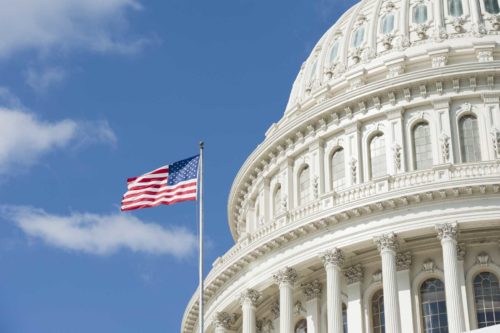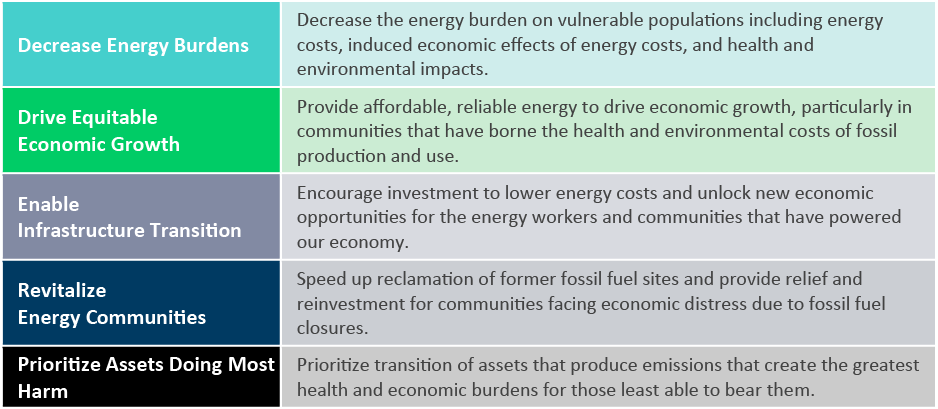
President Biden’s national target to reduce greenhouse gas emissions 50–52 percent from 2005 levels by 2030 is also a roadmap for economic prosperity. Massive investments in clean electricity generation, energy efficiency, and electrification technologies will create jobs across the United States while making the nation’s industries and businesses more productive. Seizing this opportunity—and ensuring all Americans share its benefits—requires us to reimagine how we design climate policy.
Creating an Equitable and Durable US Climate Policy: Five Key Objectives and the Tools to Accomplish Them identifies five key objectives for successful transition policy and proposes a suite of policy tools that build off existing programs to help meet these objectives.

Dive into the details with our focused blogs:
- “Simple Tax Changes Can Unleash Clean Energy Deployment” proposes two simple changes to how we structure tax incentives. These changes can accelerate renewables deployment to move at the speed necessary to meet the Biden Administration’s ambitious but vitally important decarbonization goals while decreasing energy burdens for electricity customers.
- “Financing Tools for a Just and Equitable Energy Transition” introduces the Clean Transition Financing Program. This program would provide support through the Department of Energy’s Loan Programs Office to enable the low-cost infrastructure transition and redevelopment of the communities hosting long-lived assets, paving the way for equitable and efficient emissions reductions.